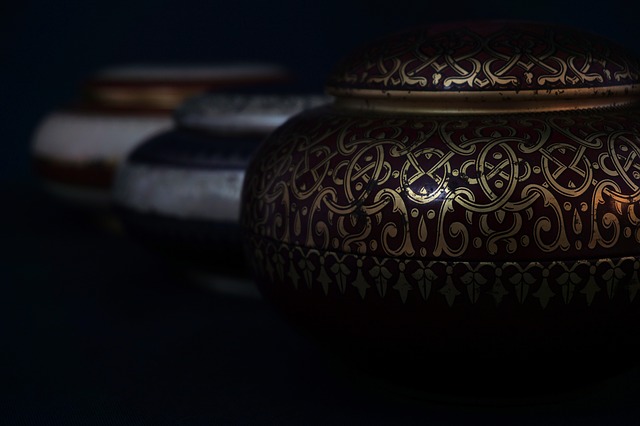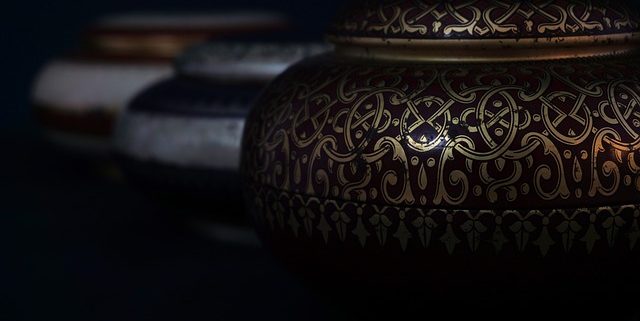The Step by Step Process of Cremation
 Funeral homes are the ones who are knowledgeable even in a basic cremation. They also provide ideas for cremation service that suits your budget or needs. You can ask them what the process in cremation, and you can also look it up if you want to know it thoroughly.
Funeral homes are the ones who are knowledgeable even in a basic cremation. They also provide ideas for cremation service that suits your budget or needs. You can ask them what the process in cremation, and you can also look it up if you want to know it thoroughly.
A lot of people don’t know, but cremation is a tradition that was used in ancient Romans. We didn’t know about that because cremation started trending in 2015, where it surpassed the number of burials and is expected to increase for the continuing years. One of the reasons why cremation increased reputation is because of the work plan, much eco-friendlier than a burial, and more economical compared to a full burial.
There is a lot of disposition methods available these days. If you want to know if cremation is the right decision for your loved one, you can spend a little time learning more about cremation.
Cremation is a disposition method where the body is exposed to intense heat or open flames, which causes the body to reduce and evaporate. There is a piece of special equipment designed for cremation, and it’s called a cremation chamber.
When we hear cremation, we commonly hear ‘ashes,’ which refers to the remains. People call it ‘ashes,’ but the result of the cremated body is not an ash but rather a sandy like texture due to the bone fragments. It is important to recognize and know the fact of what the remains look like because you might get confused when you see one. It is also necessary to know that when the ‘ashes’ are placed in the urn or container, it most likely would weigh around 3 to 9 pounds depending on the deceased body.
There are 5 steps in the cremation process:
- Obtaining authorization and identifying the deceased.
Before anything else, personal information and cause of death get approved by the professionals in the field. After receiving the approval, employees in the crematorium start to tag the body and ensure that it is the correct person’s ashes that will return to the family.
This step is important because if caretakers mistakenly name the deceased, then you are mourning the ash of the wrong person, and you don’t know how to identify the body because no DNA survives in the cremation chamber.
- Preparing the body to be placed in the container.
The step includes removing any metal, pieces of jewelry, and surgical implants to prevent complications that may occur in the process such as, an explosion. After this step, the body is ready to be placed in the container.
- Moving the body to the cremation container.
Crematoriums usually include the cremation containers to the overall expense, and there are different containers used for this step. Containers commonly used are those flammable and firm containers such as cardboard boxes, cremation caskets, or rental caskets which is not common, since it is only used for this type of service.
Always ask the service provider the details to avoid hidden charges on your account if you have financial problems. It is also your right to know what the extra fees are because they can take advantage of it and overcharge the fee.
- Entering the cremation chamber.
After fixing, placing the prepared body in the box, and all the other things, the box is placed inside a pre-heated chamber. Inside the chamber, the body will evaporate, and everything would turn into ash within three hours.
A lot of misconception happens about this process. People also misunderstand the reason why it is a necessity to use a box for the body. They are also curious if the remains of the body get mixed up with the ash of the container.
- Refining ashes to return to the family
Ashes remain cooled down for 30 minutes before proceeding to check the impurities in the ashes. The checked ashes then moved to a cremulator that refines the remains into a fine powder before being placed in a permanent or temporary urn.
Before the ashes get transferred to the final container, families can decide on putting the ashes in a permanent urn or a temporary urn that got made out of plastic or cardboard. If they haven’t decided on what container to use, crematoriums put them in a simple container. Most families choose to put it in a temporary urn since it saves them money, and families most likely would plan on memorializing their loved ones by spreading the ashes.
Cremation is a disposition method that isn’t harmful to the environment. In Scotland and Northern Ireland, registering your loved one’s cremation will earn you a “green” certificate. Loved ones, who are environmentalists, would be happy because they left the world without giving harm to the environment, unlike a traditional burial.
As much as possible, people choose the option of helping the environment because they want to help prevent damage. People are also starting to think of alternatives for a lot of things to prevent any more harm to the environment because it is already a mess as it is.




